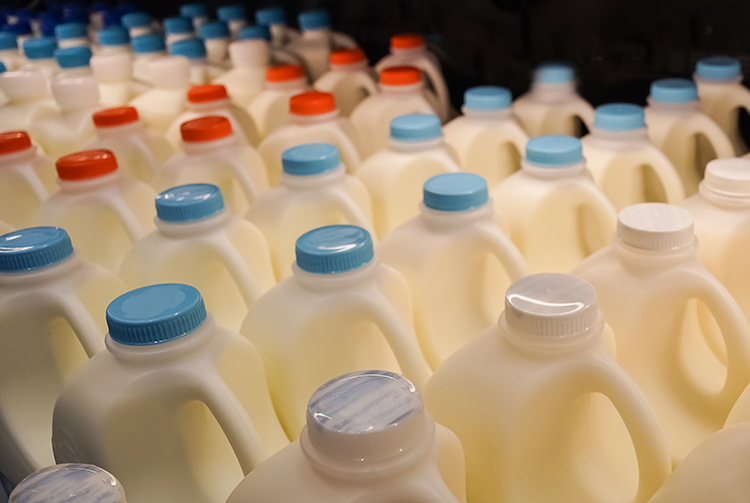
“We have a little too much supply and a little less demand to start the dairy year out,” shared Rabobank’s Mary Ledman at the dairy market outlook session at the International Dairy Foods Association’s (IDFA) Dairy Forum. In making those comments, Ledman was giving a very high-level outlook on supply and demand from both a domestic and global perspective.
What does this mean on the farm?
“When it comes to the 2023 dairy price forecast, the word would be anxiety,” said Ever.Ag’s Katie Burgess, who added that she spends half her business day talking to dairy farmers. “We all learned this in recent years — it only takes a little spark to make dairy markets move,” she continued, also speaking at IDFA’s dairy market outlook session.
“Be sure to lock in profits or establish a floor,” she advised as to an action step.
“How a farm manages its risk in 2023 will matter. How one manages risk will determine winners and losers in the dairy business,” continued the Ever.Ag economist.
That floor will look different depending on where one produces milk.
“If I had to peg the cost of production in the Upper Midwest, it would be $20,” shared Burgess of the cost of producing milk on a hundredweight basis (cwt.). “The western U.S. is $2 to $3 higher (cwt.). There is a tight margin picture this year.”
Because of those higher costs, which appear to be a long-term situation, some west coast dairy farmers are considering their options when it comes to the future of their businesses. “I hear more and more conversations from people in California saying, ‘Is there somewhere else to dairy?’
“There will be more movement to the Midwest in the future,” forecasted Burgess. “Specifically, the I-29 corridor,” she said of the interstate that rolls through South Dakota and the surrounding region.
Dairy demand and buying in 2023
Even with a potential for a downturn in prices, Burgess believes there will be less price shopping among dairy product buyers this year. “Our expectations for 2023: After the supply chain issues of previous years, people are looking to lock in both prices and supply more so than prior to the pandemic,” explained Burgess.
“There’s nothing worse than an empty shelf in the dairy case,” added the panel moderator, Mike Brown, who now serves as IDFA’s chief economist. Previously, Brown had been the director of the Kroger Company’s dairy supply chain for seven years.
Long-term future is bright for U.S. dairy
Ledman believes that the U.S. dairy industry is poised for long-term growth, pointing to domestic and global investment in the American dairy processing sector. The veteran economist who has traveled the world discussing dairy also shared a perspective on the psyche of the top dairy exporters.
“There is no confidence to expand milk production in Europe at this time,” said Ledman of the 27 countries that make up the European Union (EU), along with Great Britain. “It’s due to political rhetoric,” she said of the collective countries of the EU that make it one of the world’s top two dairy product exporters right alongside New Zealand.
“Remember, there have not been any laws passed,” advised Ledman of the situation in Europe. “The rhetoric is shaking dairy producer confidence,” Ledman further explained of potential legislation.
“In New Zealand, the world’s largest dairy product exporting nation, dairy producer confidence is the lowest it’s been since the economic crisis of 2009,” said Ledman of the island nation that has passed some legislation in this area.








